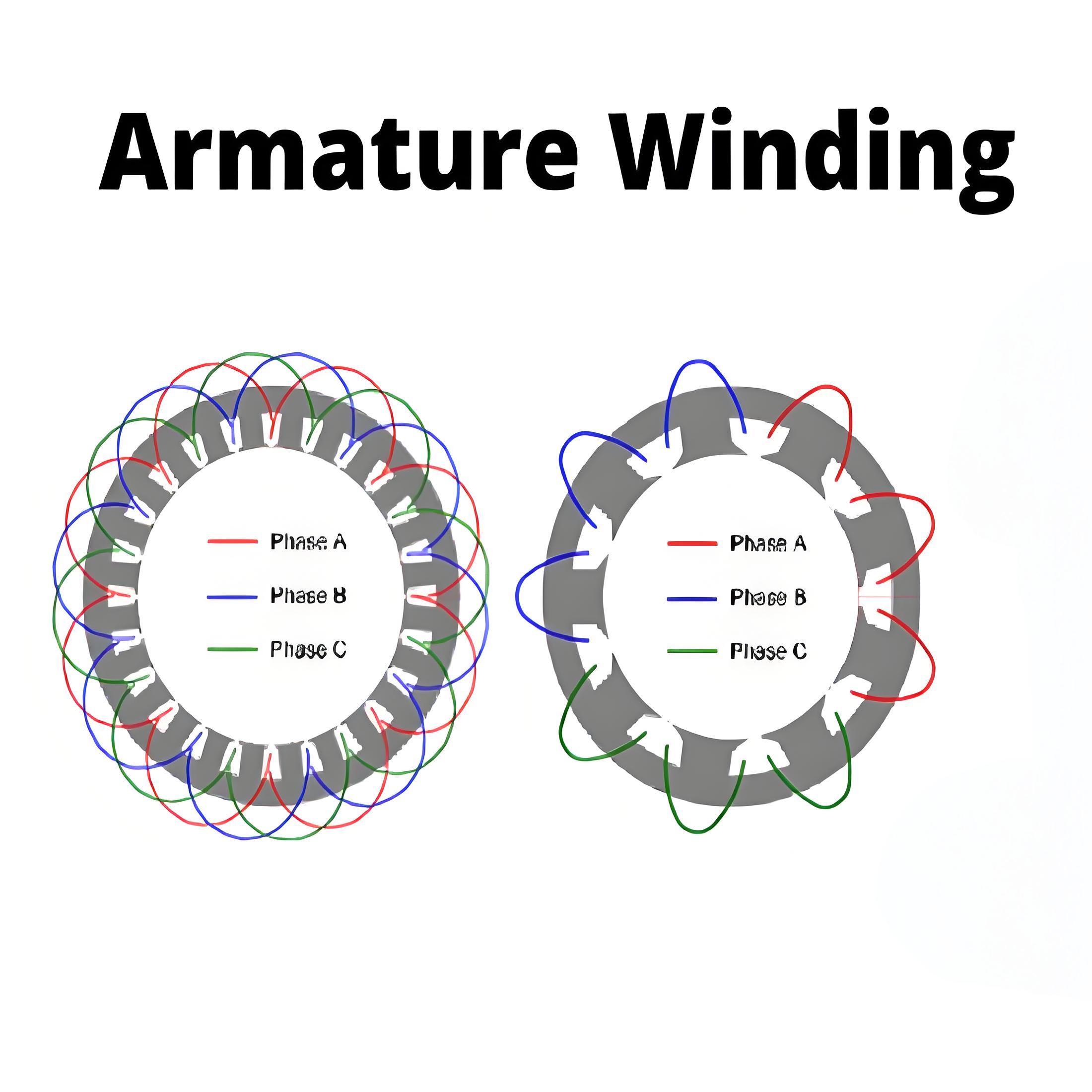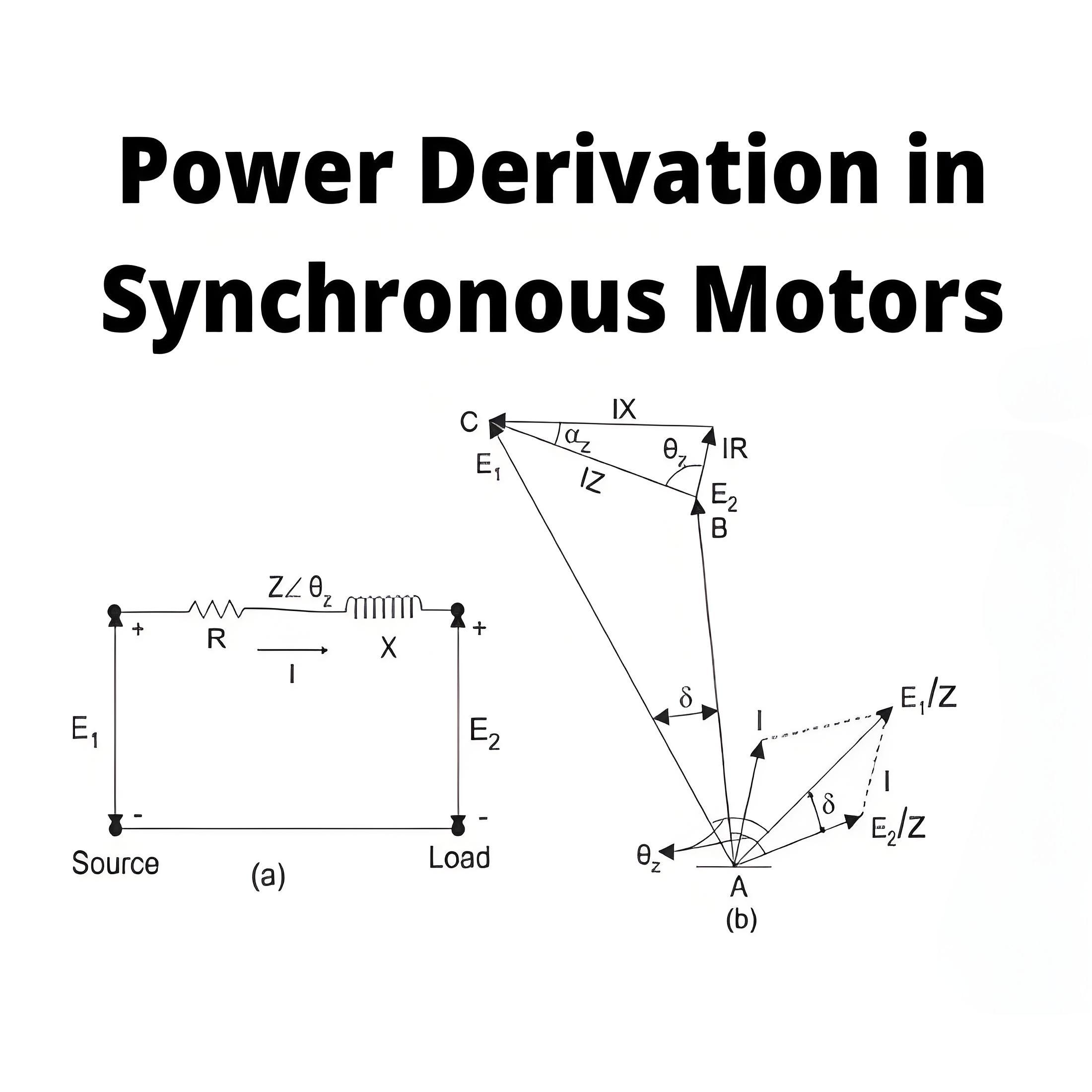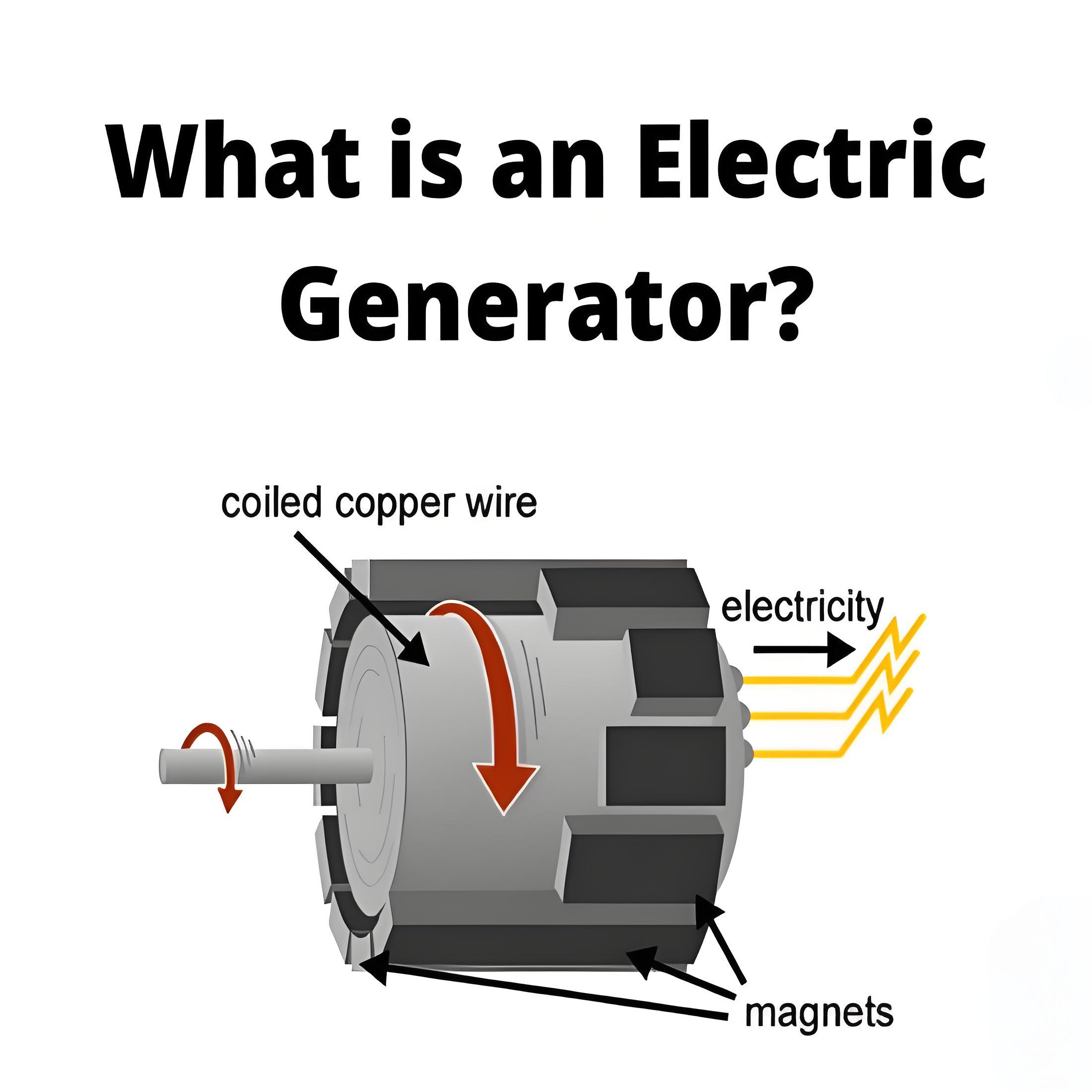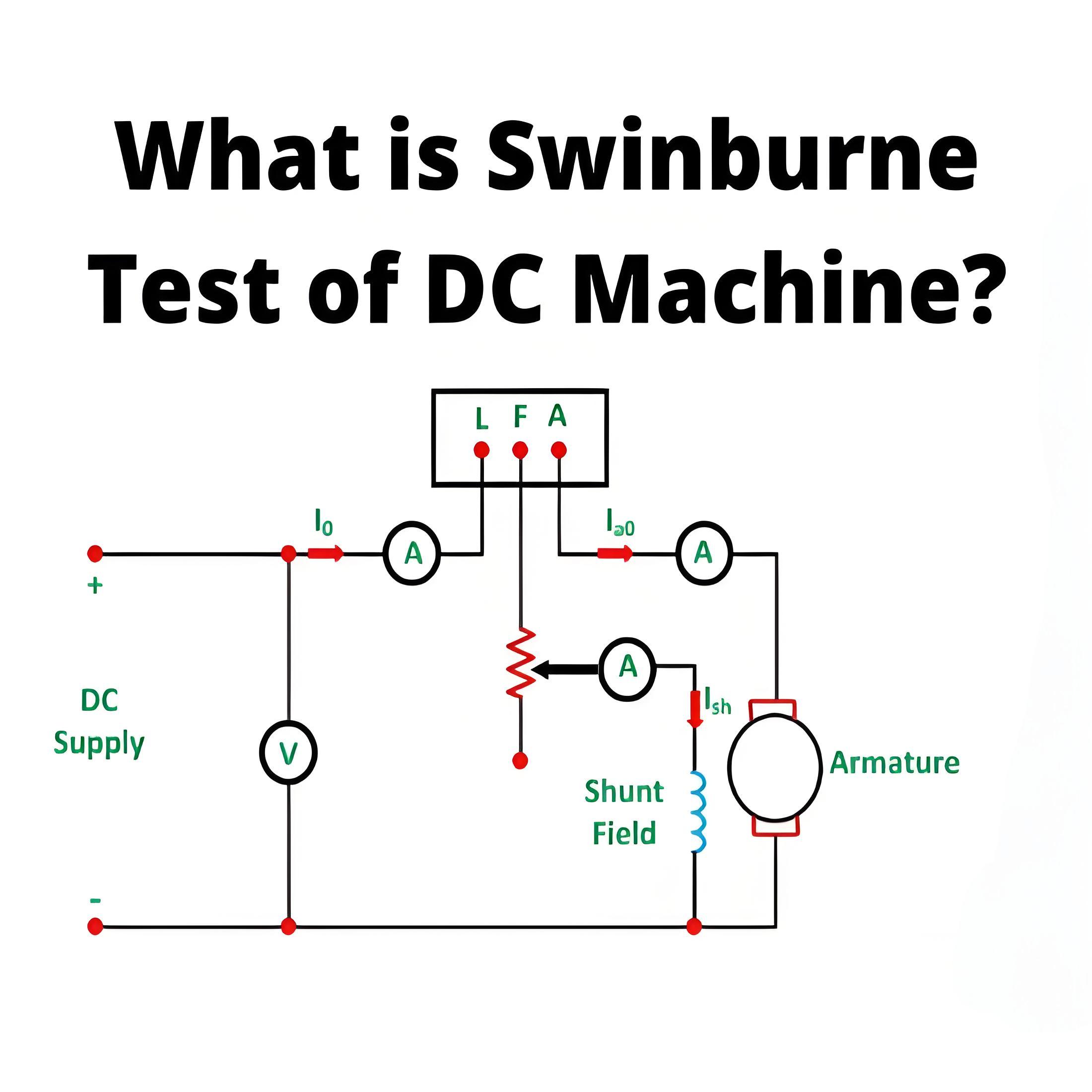What is Synchronous Motor Starting?
Synchronous Motor Definition
A synchronous motor is defined as a machine whose rotor speed is synchronized with the frequency of the current supply; it requires external methods for starting.
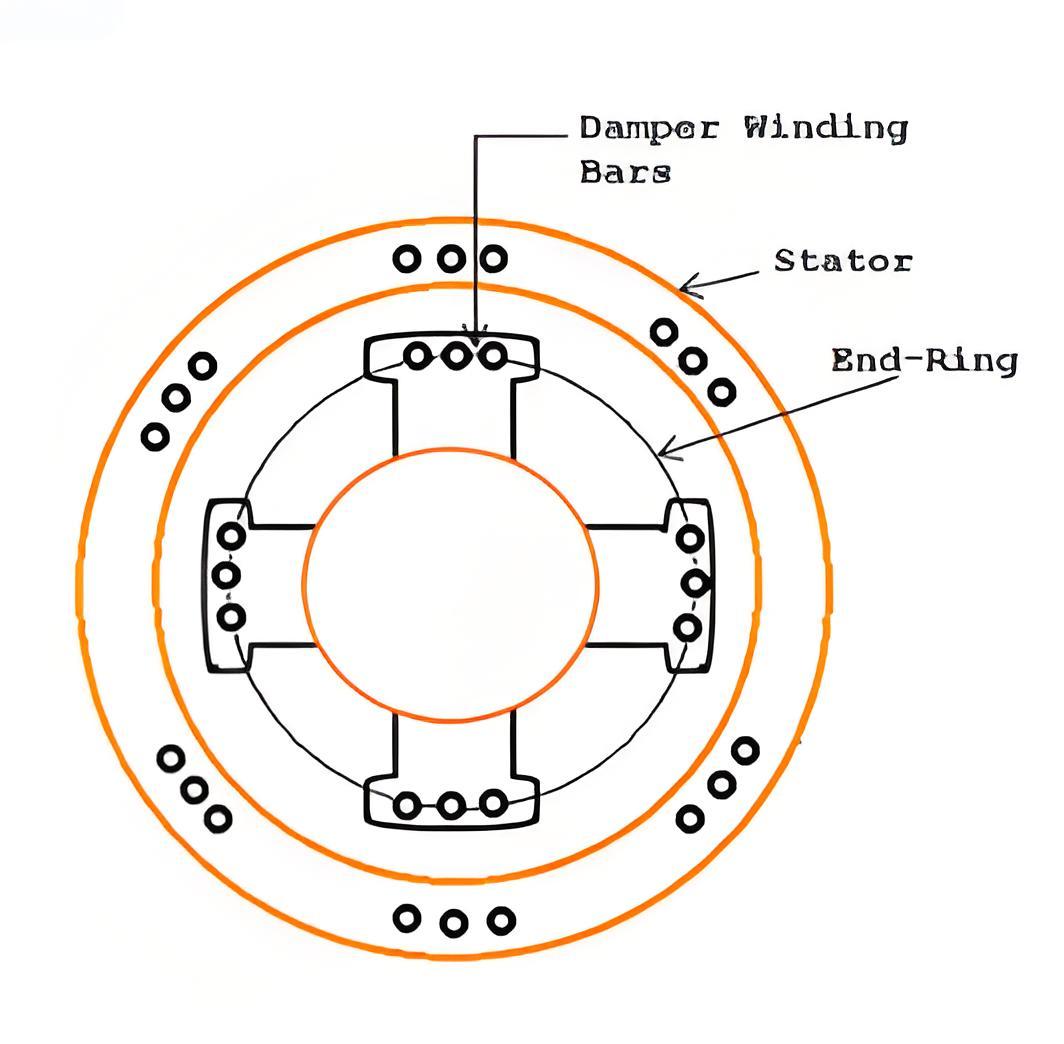
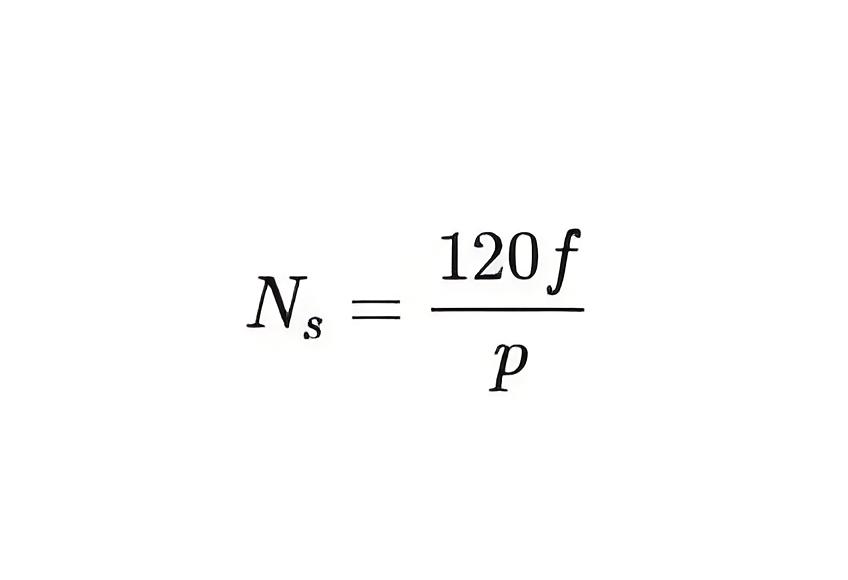
f = supply frequency and p = number of poles.
Self-Starting Challenge
Due to alternating magnetic forces that fail to move the rotor from a standstill, synchronous motors are not self-starting.
Starting Methods of Synchronous Motor
Starting a Synchronous Motor Using an Induction Motor
Before starting the synchronous motor, its rotor must reach synchronous speed. To achieve this, we couple it with a smaller induction motor, known as a pony motor. The induction motor must have fewer poles than the synchronous motor to reach and match its synchronous speed, as induction motors typically operate at speeds below synchronous speed. After the rotor of the synchronous motor is brought to the synchronous speed, we switch on the DC supply to the rotor. After that, we simply de-couple the induction motor from the synchronous motor shaft.
Starting a Synchronous Motor Using a DC Machine
It is similar to above method with a slight difference between the two. A DC machine is coupled to the synchronous motor. The DC machine works like a DC motor initially and brings the synchronous motor to synchronous speed. Once it achieves the synchronous speed, the DC machine works like a DC generator and supplies DC to the rotor of the synchronous motor. This method offers easy starting and better efficiency than the earlier method.
Damper Windings Function
In this popular method, damper windings help start the motor as an induction motor. These windings, made of copper bars in the pole faces, act like an induction motor’s rotor. Initially, when 3-phase power is applied, the motor operates below synchronous speed. Once near this speed, DC is applied, pulling the motor into synchronism and it begins running as a synchronous motor. At synchronous speed, damper windings no longer induce emf, ceasing to affect the working of the motor.
Starting a Synchronous Motor Using Slip Ring Induction Motor
Here we connect one external rheostat in series with the rotor. The motor is first started as a slip ring induction motor. The resistance is gradually cut-off as the motor gains speed. When it achieves near synchronous speed, DC excitation is given to the rotor, and it is pulled into synchronism. Then it starts rotating as a synchronous motor.
Efficiency and Application
Different starting methods offer varying efficiencies and are chosen based on the specific requirements of the motor application.
Welcome to our electricity community! Established to facilitate the exchange and cooperation in the electricity industry and bridge professionals, enthusiasts, and related enterprises.


